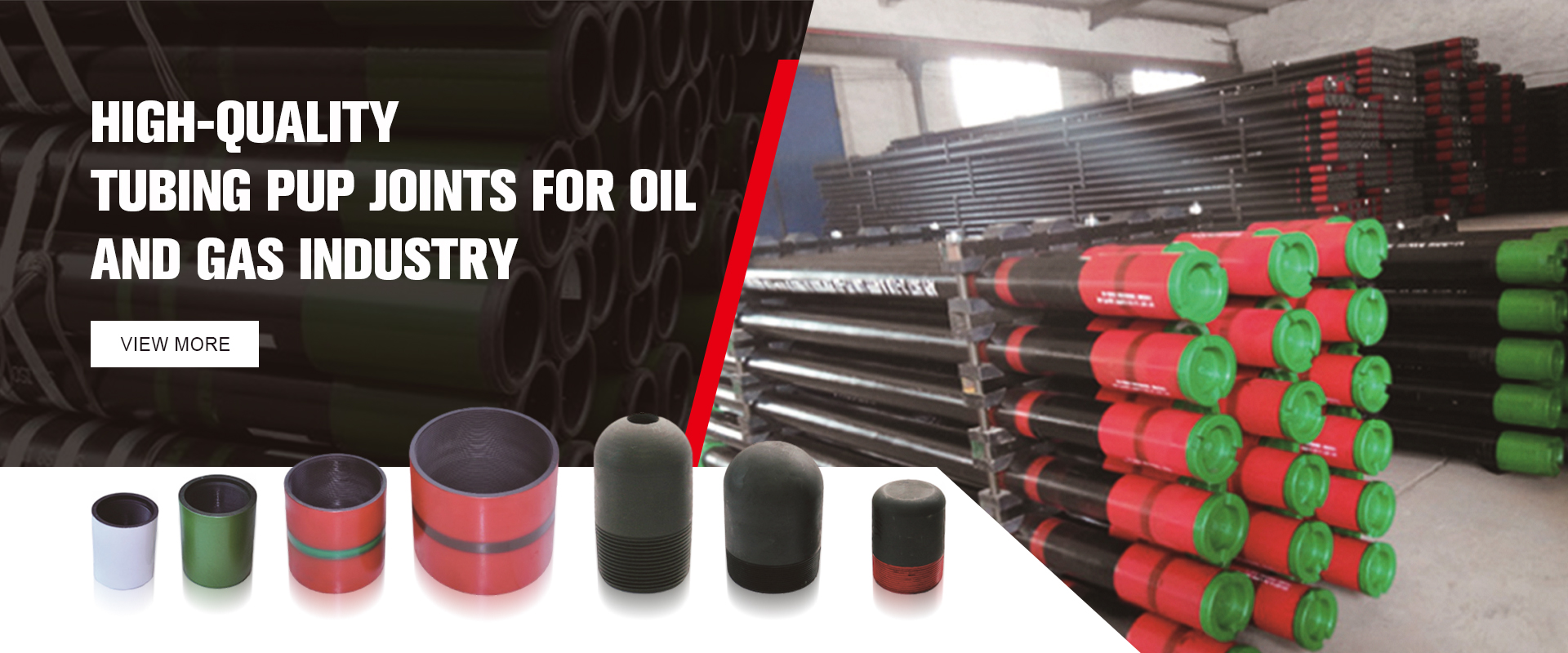- Afrikaans
- Albanian
- Amharic
- Arabic
- Armenian
- Azerbaijani
- Basque
- Belarusian
- Bengali
- Bosnian
- Bulgarian
- Catalan
- Cebuano
- Corsican
- Croatian
- Czech
- Danish
- Dutch
- English
- Esperanto
- Estonian
- Finnish
- French
- Frisian
- Galician
- Georgian
- German
- Greek
- Gujarati
- Haitian Creole
- hausa
- hawaiian
- Hebrew
- Hindi
- Miao
- Hungarian
- Icelandic
- igbo
- Indonesian
- irish
- Italian
- Japanese
- Javanese
- Kannada
- kazakh
- Khmer
- Rwandese
- Korean
- Kurdish
- Kyrgyz
- Lao
- Latin
- Latvian
- Lithuanian
- Luxembourgish
- Macedonian
- Malgashi
- Malay
- Malayalam
- Maltese
- Maori
- Marathi
- Mongolian
- Myanmar
- Nepali
- Norwegian
- Norwegian
- Occitan
- Pashto
- Persian
- Polish
- Portuguese
- Punjabi
- Romanian
- Russian
- Samoan
- Scottish Gaelic
- Serbian
- Sesotho
- Shona
- Sindhi
- Sinhala
- Slovak
- Slovenian
- Somali
- Spanish
- Sundanese
- Swahili
- Swedish
- Tagalog
- Tajik
- Tamil
- Tatar
- Telugu
- Thai
- Turkish
- Turkmen
- Ukrainian
- Urdu
- Uighur
- Uzbek
- Vietnamese
- Welsh
- Bantu
- Yiddish
- Yoruba
- Zulu
Understanding the Importance of Tubing Crossovers in Oil and Gas Operations
Understanding Tubing Crossover A Comprehensive Overview
The term tubing crossover is commonly encountered in the oil and gas industry, specifically in the contexts of drilling and production operations. It refers to the intersection of different sizes or types of tubing used in wellbores. This concept is crucial for understanding how fluids are transported from underground reservoirs to the surface and how various engineering considerations can impact project efficiency and safety.
In oil and gas operations, tubing is a critical component of well design. It serves as a conduit for hydrocarbons to flow from the reservoir to the surface, allowing for both production and injection activities. Tubing crossover occurs when two different diameters of tubing are connected within the same wellbore. This connection can occur for various reasons, such as changing production conditions, integrating different completion strategies, or accommodating equipment limitations.
One of the primary reasons for implementing a tubing crossover is to enhance production efficiency. Different reservoirs may require varying tubing sizes to optimize flow rates and minimize pressure losses. By using a crossover, operators can transition from a larger diameter tubing in the upper sections of the well to a smaller diameter tubing in deeper sections, enabling better control over flow dynamics. This careful calibration can lead to increased yield, prolonged production life, and better overall resource management.
tubing crossover

Another important aspect of tubing crossover is related to well integrity and safety. The transition between tubing sizes must be engineered to ensure that pressure differentials do not compromise the structural integrity of the well. Possible risks include leaks or failures at the crossover junction, which can lead to significant operational setbacks and environmental hazards. Therefore, rigorous testing and analysis must precede the implementation of any crossover design, ensuring that the system can withstand the expected pressures and temperatures throughout its operational life.
In addition to enhancing production and ensuring safety, tubing crossover can also support operational flexibility. As conditions within a reservoir evolve—due to factors such as depletion, changes in fluid characteristics, or shifts in market demand—operators may find it necessary to adjust their production strategies. A well-designed crossover system allows for easier modifications to the well design without the need for complete workovers, thereby minimizing downtime and project costs.
Moreover, advancements in technology have played a significant role in improving the methods used to create and maintain tubing crossovers. Innovations such as advanced materials, enhanced sealing technologies, and real-time monitoring systems have contributed to more robust designs. These new technologies help detect potential failures before they escalate, enabling proactive maintenance strategies and furthering the objective of safe and efficient operations.
In conclusion, tubing crossover is a vital engineering consideration within the oil and gas industry. It not only facilitates the effective transportation of hydrocarbons but also promotes safety and operational versatility. As technologies continue to advance and industry practices evolve, the role of tubing crossover will remain critical in achieving sustainable and profitable hydrocarbon extraction. Understanding its implications is essential for industry professionals as they navigate the complexities of modern energy production.
-
Tubing Pup Joints: Essential Components for Oil and Gas OperationsNewsJul.10,2025
-
Pup Joints: Essential Components for Reliable Drilling OperationsNewsJul.10,2025
-
Pipe Couplings: Connecting Your World EfficientlyNewsJul.10,2025
-
Mastering Oilfield Operations with Quality Tubing and CasingNewsJul.10,2025
-
High-Quality Casing Couplings for Every NeedNewsJul.10,2025
-
Boost Your Drilling Efficiency with Premium Crossover Tools & Seating NipplesNewsJul.10,2025







